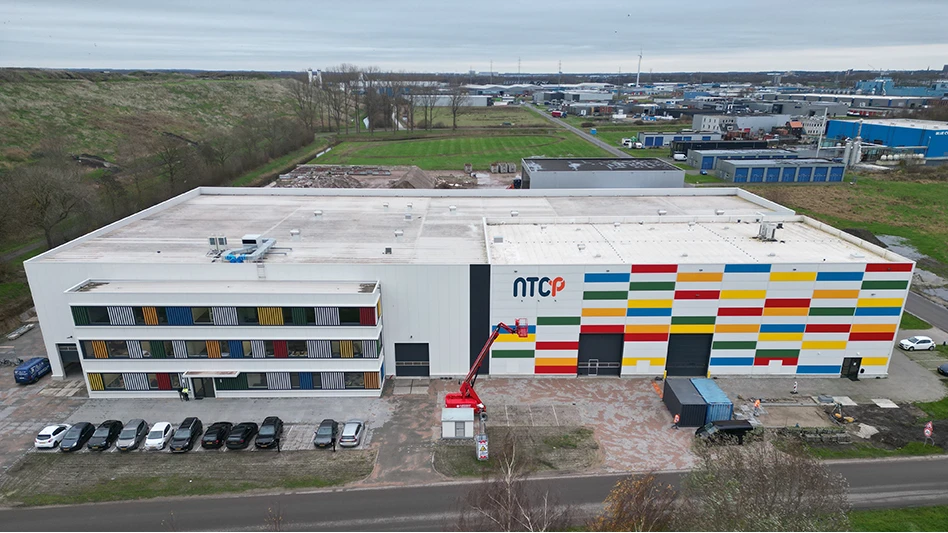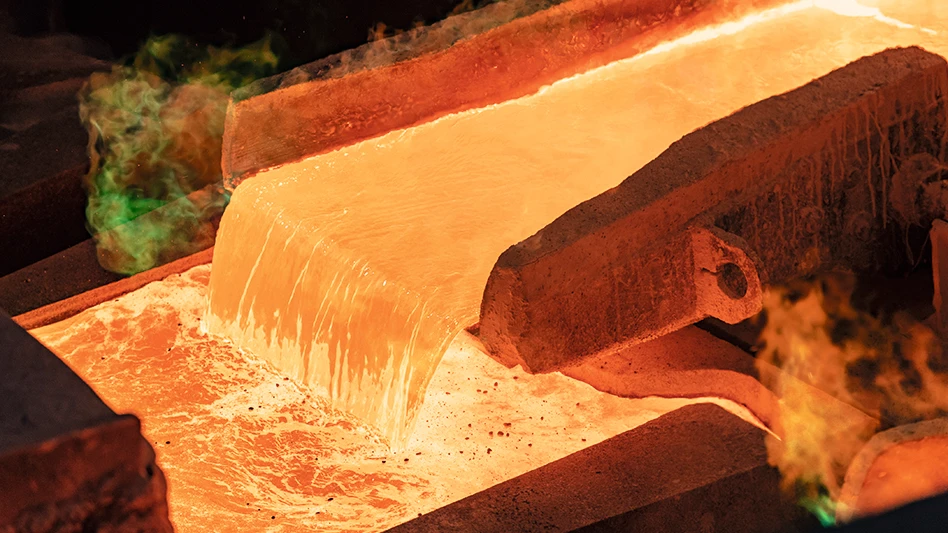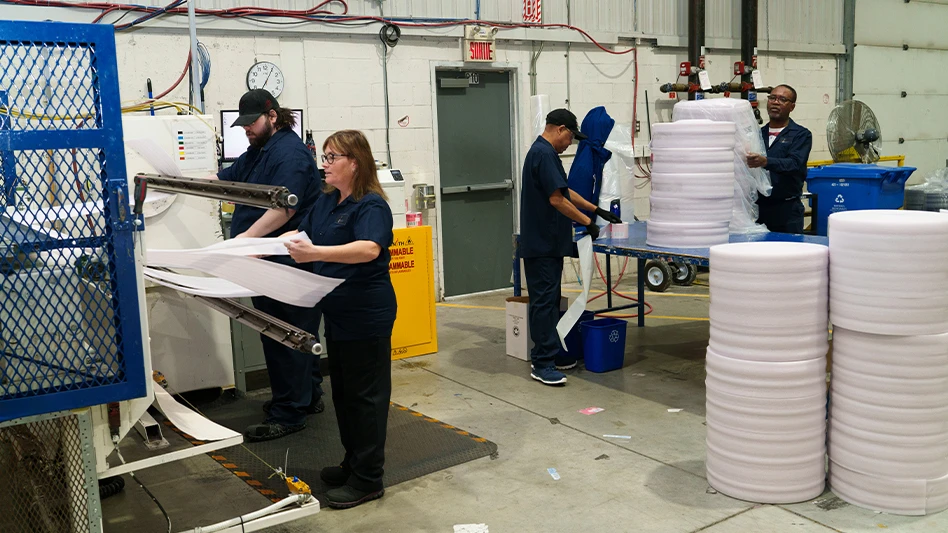
Recycling Today archives
The SAFE (Securing America’s Future Energy) Center for Strategic Industrial Materials (C-SIM) has released a report outlining how high energy costs have prevented the U.S. from developing a robust domestic primary aluminum industry and offering suggestions to create a more effective trade policy framework.
According to Washington-based SAFE, “Political Tailwinds: Examining Trade Policy for the U.S. Aluminum Industry” examines how aluminum trade has been “disputed, tariffed, monitored, traced, capped and greened over the last decade.”
“Aluminum production is vital to U.S. reindustrialization, our national defense and our broader energy transition. Yet, we remain dangerously dependent on imports from countries like China,” SAFE CEO Robbie Diamond says. “While we have tried to use trade policy alone to reinvigorate our domestic industries, the high cost of energy here remains a key impediment. It is only with abundant, affordable, clean and reliable energy that we will be able to crush, smelt and process the materials we need for the future.”
This past February, SAFE C-SIM released a report titled “The U.S. Aluminum Industry’s Energy Problem and Energy Solution,” noting it was the first report in a series of policy papers about the issues affecting U.S. primary aluminum production. That report analyzes the dichotomy between increasing aluminum demand and its energy-saving benefits versus declining production in the U.S. given its energy-intensity production, the organization says.
In May, the organization released “Legislative Analysis for the U.S. Aluminum Industry,” a report that examined how federal incentives to produce more clean energy transition products do not address the main obstacle to production—access to energy.
While U.S. trade policies related to aluminum have focused on competition from China’s overcapacity—and resulting price suppression in the global markets—they have failed to address what SAFE C-SIM describes as “a more pressing problem on our own shores: the affordability of electricity in the United States.”
The report points out recent policies that have failed to benefit the U.S. primary aluminum industry:
- The Obama administration’s multilateral approach led to little response from China on excess capacity. During his second term, domestic primary production sank to 64 percent.
- The Trump administration set an explicit benchmark of the Section 232 tariffs of getting primary capacity to 80 percent, but capacity reached only 66 percent during his term.
- The Biden administration’s results are yet to be seen, but so far during his first term, two smelters have been curtailed and one—the Alcoa Intalco primary aluminum smelter in Ferndale, Washington—is moving toward complete shutdown, adding to the pressure for the administration’s policies to respond to smelter needs.
“It’s clear from the last decade that trade policy alone can’t stem the declining aluminum manufacturing industry in the U.S. and that protectionist policies alone risk alienating important allies,” says Joe Quinn, director of the C-SIM at SAFE. “As decarbonization policy in the U.S. increases aluminum demand, this paper looks at how that demand can be met domestically and from allies, instead of from foreign entities of concern.”
The report makes a number of recommendations for policymakers to consider:
- Confront the overproducing elephant in the room by continuing to incorporate provisions into the Global Arrangement on Sustainable Steel and Aluminum (GASSA) market to counter unfair trade practices by China.
- Support domestic industry while avoiding retaliatory policies that are too broad and hurt allied countries.
- Create transparency and certainty in the aluminum market to draw in private capital.
- Incorporate like-minded countries and promote technology transfer within the GASSA market.
- Provide affordable, abundant and reliable energy sources for smelters. GASSA can go a step further by incentivizing aluminum sourced from clean energy. Power from renewable energy is less volatile and increasingly more cost competitive for smelters, C-SIM says.
“These policies will be essential to ensuring that the U.S. and its allies do not become overly dependent on sourcing vital aluminum from foreign countries of concern,” the organization adds.
“The U.S. can lead the world on developing trade policies where clean aluminum is prioritized and supported by this and future administrations,” Quinn says. “This would not only benefit the U.S. economy but is necessary to reach decarbonization goals in the energy sector. The choice is with policymakers.”
C-SIM says it will publish another report in the coming months looking at global best practices for aluminum production.
The BlueGreen Alliance, Washington, also recently released a report looking at the primary aluminum landscape in the U.S., noting that by 2035, aluminum demand from U.S. solar power alone will exceed current the country’s aluminum production for all end uses. That growth is occurring despite the decline in U.S. primary production. The report offers suggestions for how federal investments in the Inflation Reduction Act, the Bipartisan Infrastructure Law, the Defense Production Act and more can be leveraged to reopen aluminum smelters and retrofit facilities for cleaner aluminum production.
Latest from Recycling Today
- Nucor names new president
- DOE rare earths funding is open to recyclers
- Design for Recycling Resolution introduced
- PetStar PET recycling plant expands
- Iron Bull addresses scrap handling needs with custom hoppers
- REgroup, CP Group to build advanced MRF in Nova Scotia
- Oregon county expands options for hard-to-recycling items
- Flexible plastic packaging initiative launches in Canada





